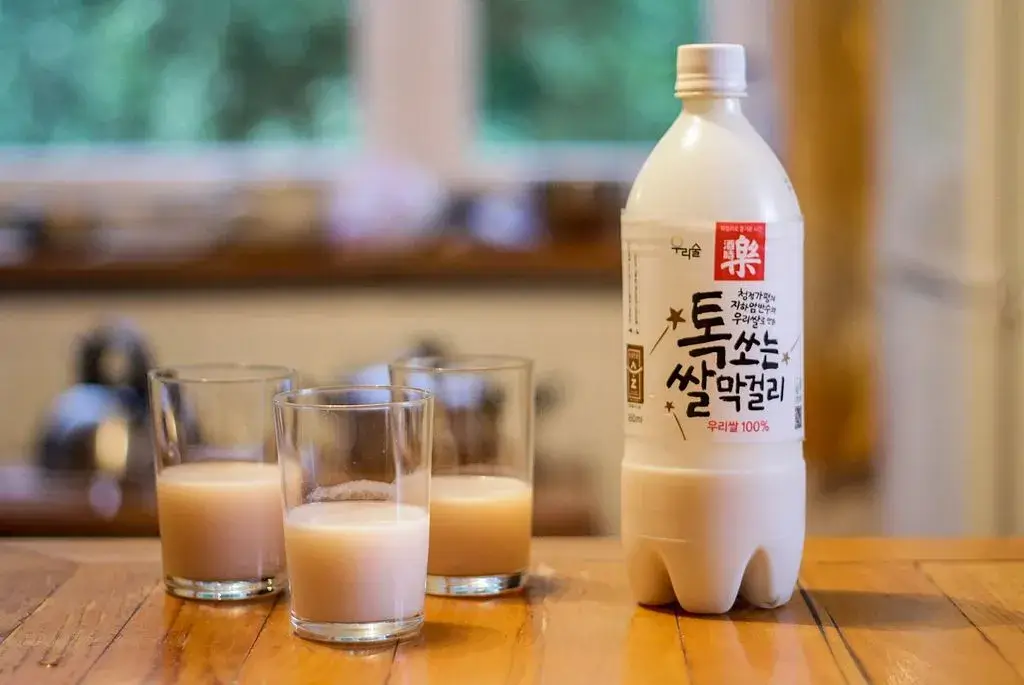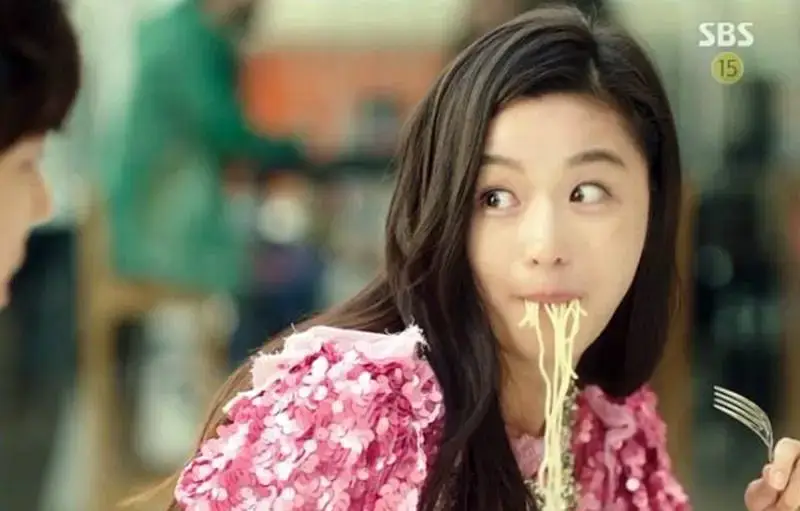Let’s explore two concepts that have been a part of East Asian cultures for a long time: kawaii and aegyo. These two words might seem like they mean the same thing, but they are actually used in very different ways. So, let’s dive in and find out what they each mean!
First, kawaii: a Japanese word that translates to “cute” or “adorable.” Kawaii is a cultural phenomenon that has been present in Japan for a long time. It’s hard to pinpoint exactly when it started, but some say it originated from the Edo period, when children’s toys and dolls were made to look cute and appealing. Kawaii has become a part of Japanese pop culture, and you can see it in everything from fashion to food.
In Japanese dramas, the kawaii concept is often used to portray innocent and lovable characters. For instance, in the drama Hana Yori Dango, the main female character, Makino Tsukushi, is portrayed as a cute and naive high school student. She has a bubbly personality and is always smiling, even in tough situations. Her kawaii personality attracts the attention of the four most popular and handsome guys in school, and they all fall for her.
Similarly, in the drama Gokusen, the main female character, Yamaguchi Kumiko, is a cute and quirky teacher who teaches a class full of delinquent boys. Her kawaii personality wins the hearts of her students, and they become loyal to her.
Now let’s move on to aegyo, a Korean concept that translates to “acting cute.” Aegyo is a popular trend in Korean pop culture, especially among female idols. Aegyo involves using exaggerated baby-like voices, facial expressions, and body language to charm and entertain others.
In Korean dramas, aegyo is often used by female characters to express their playful and charming personalities. For instance, in the drama Boys Over Flowers, the main female character, Geum Jan Di, is known for her aegyo. She often uses baby talk and playful gestures to communicate with the male lead, Gu Jun Pyo, and he finds it adorable.
Similarly, in the drama My Love from the Star, the female lead, Cheon Song Yi, uses aegyo to get what she wants. She pouts and acts cute to manipulate the male lead, Do Min Joon, and he falls for it every time.
So, what’s the difference between kawaii and aegyo? While they both involve acting cute, kawaii is more about portraying innocence and lovable personalities, while aegyo is about using exaggerated baby-like behavior to charm others. Kawaii is also more prevalent in Japanese culture, while aegyo is more common in Korean pop culture.
Kawaii and aegyo may seem similar, but they have different origins and meanings. Kawaii is a cultural phenomenon in Japan that has been around for a long time and is used to portray innocent and lovable personalities, while aegyo is a popular trend in Korean pop culture that involves using exaggerated baby-like behavior to charm others.
Both concepts are used in dramas to portray lovable and charming characters, and they are a big part of the East Asian entertainment industry!





